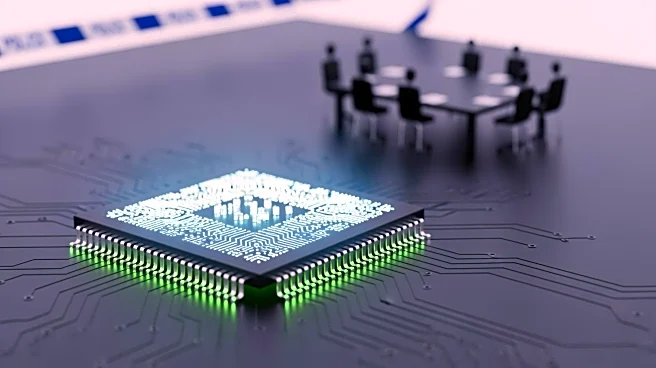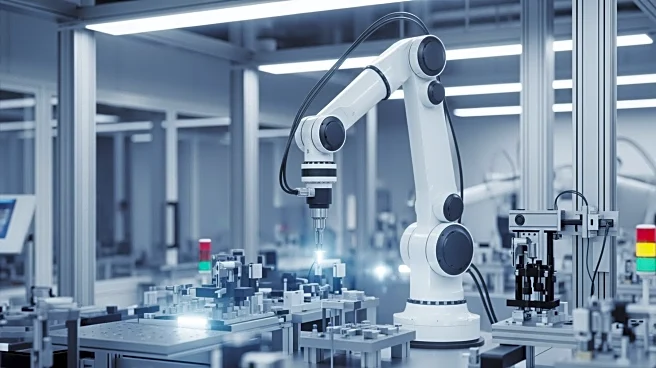What's Happening?
Recent advancements in processor array and memory controller design have been made to improve the efficiency of convolutional neural network (CNN) inference engines. The focus is on optimizing data arrangement
and memory requirements, particularly through techniques like Zero Value Compression (ZVC) and Combined IFM & Wg-Zero Valued Compression (CIW-ZVC). These methods aim to reduce data movement between DRAM and SRAM, thereby enhancing the utilization of MAC operators in processor arrays. The proposed architecture minimizes power consumption and increases data movement rates, offering significant improvements over standard models.
Why It's Important?
The development of energy-efficient processor arrays is crucial for the deployment of CNN models in real-time systems, such as intelligent cars and unmanned aerial vehicles. By optimizing data flow and reducing hardware overhead, these advancements can lead to more scalable and energy-efficient deep learning models. This is particularly important for edge-based devices, which face constraints in power and processing capabilities. The improvements in data movement rates and power consumption could significantly impact industries relying on real-time data processing and AI applications.
What's Next?
The proposed CIW-ZVC controller and memory architecture are set to be implemented in hardware using 14 nm technology libraries. This implementation will further validate the design's efficiency in terms of power consumption and data movement rates. As these technologies are adopted, they could lead to broader applications in various fields requiring real-time data processing, potentially influencing future designs of AI-driven systems.
Beyond the Headlines
The ethical implications of these advancements include considerations around data privacy and the potential for increased surveillance capabilities. As AI systems become more efficient, the ability to process large volumes of data quickly could lead to concerns about how this data is used and who has access to it. Additionally, the reduction in hardware requirements may lead to shifts in manufacturing and supply chain dynamics within the tech industry.











